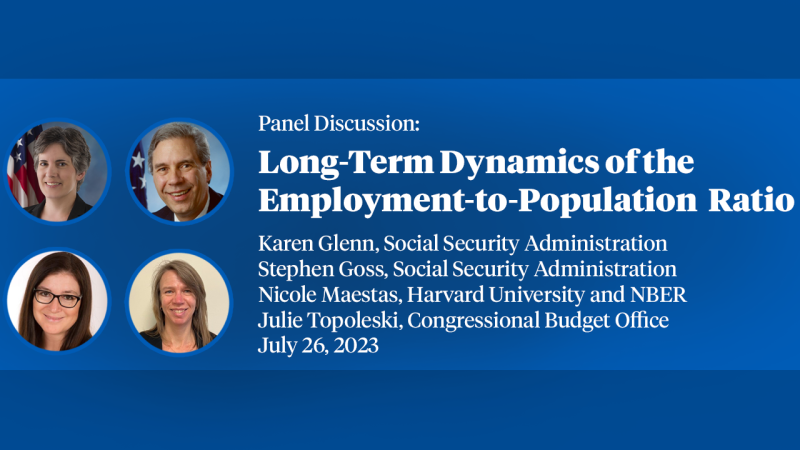The Role of Simplification and Information in College Decisions: Results from the H&R Block FAFSA Experiment
Growing concerns about low awareness and take-up rates for government support programs like college financial aid have spurred calls to simplify the application process and enhance visibility. This project examines the effects of two experimental treatments designed to test of the importance of simplification and information using a random assignment research design. H&R Block tax professionals helped low- to moderate-income families complete the FAFSA, the federal application for financial aid. Families were then given an estimate of their eligibility for government aid as well as information about local postsecondary options. A second randomly-chosen group of individuals received only personalized aid eligibility information but did not receive help completing the FAFSA. Comparing the outcomes of participants in the treatment groups to a control group using multiple sources of administrative data, the analysis suggests that individuals who received assistance with the FAFSA and information about aid were substantially more likely to submit the aid application, enroll in college the following fall, and receive more financial aid. These results suggest that simplification and providing information could be effective ways to improve college access. However, only providing aid eligibility information without also giving assistance with the form had no significant effect on FAFSA submission rates.
Non-Technical Summaries
- Individuals who receive assistance with the FAFSA -- the federal application for financial aid -- and information about what aid is...
Published Versions
Role of Information and Simplification in Access The FAFSA Experiment Bettinger, Eric, B. T. Long, Philip Oreopoulos, and Lisa Sanbonmatsu. (2012) “The Role of Application Assistance and Information in College Decisions: Results from the H&R Block FAFSA Experiment.” Quarterly Journal of Economics 127(3).


